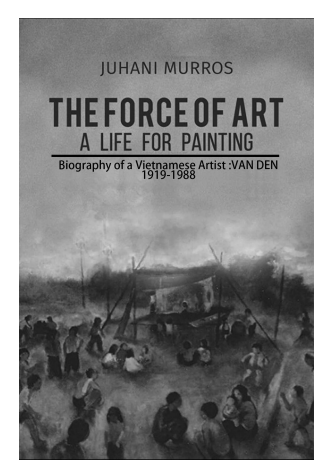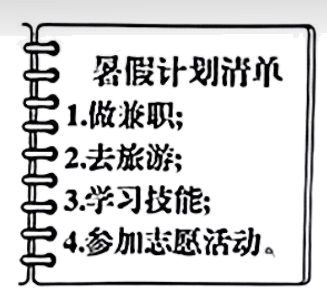阅读下面短文,从短文后的选项中选出可以填入空白处的最佳选项。选项中有两项为多余选项。
Almost everyone has felt something similar: wearing clothes we don't like causes a general feeling of unease and discontent. This proves the fact that clothes have more than functions of protection or warmth in life. As former fashion editor Caryn Franklin writes, "Fashion offers a dialogue rich with social and political meaning for those who want to unlock the language of clothes."
We like or dislike certain colors because of the attributes or moods we associate with them. Those associations might be cultural. White, for example, is commonly associated with purity and innocence in Western cultures, whereas in China, people associate it with death and mourning.
The book The Little Prince offers a fictional example of the latter: The fox will love the sight of wheat, which had been meaningless to him, just because it will remind him of the color of the boy's hair.
As a result, associations can differ widely from person to person and culture to culture. Others might read into our outfits something different than we intend. But as long as we are not wearing our clothes specifically to communicate certain qualities to others in a specific context (such as professionalism at a job interview), what others think of our clothes should be less important than what we think of them and why we choose to wear them.
A. Take colors, for instance.
B. We ought to dress to benefit ourselves, not others.
C. They also communicate something about the wearer.
D. Thus, they will misunderstand our values and identity.
E. Clothes have the psychological power to elevate our sense of self.
F. Or we can form associations based on our personal experience and values.
G. We might also associate certain fabrics with different qualities of character.


